Laser Eye Surgery:
LASIK, SMILE, PRK & ICL
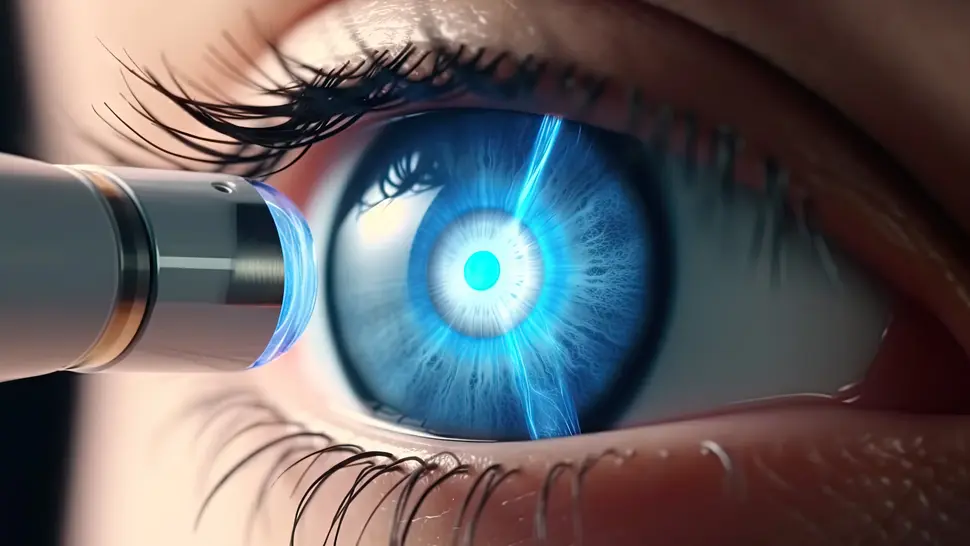
Considering Laser Eye Surgery to Ditch the Glasses?
G&G Eye Doctors is here to guide you every step of the way and co-manage your eye surgery for a successful outcome.
For many, the idea of waking up and seeing the world clearly without glasses or contacts, is a dream. Laser eye surgery has become a reality for those seeking to reduce their dependence on corrective lenses. But what exactly is it, and is it right for you?
Understanding Laser Vision Correction
Refractive surgery (aka. laser eye surgery), utilizes advanced high precision lasers to reshape the cornea, the clear dome at the front of your eye. The cornea plays a crucial role in focusing light onto the retina, the light-sensitive layers at the back of your eye that transmit your sight to the brain. When the cornea is not precisely shaped, light doesn't focus properly, causing Myopia (near sightedness), Hyperopia (far sightedness), or Astigmatism (two focal points). In other words - blurry vision.
There are different types of laser eye surgery, each with slightly varying approaches. LASIK is the most common known laser eye procedure, creating a thin flap in the cornea to access the underlying tissue. The laser then precisely reshapes this tissue to improve your vision. Below we have listed other techniques that are not as well known, but still commonly used as well:
Laser Vision Correction: Understanding Your Options and Achieving Lasting Results with G&G Eye Doctors
Laser vision correction offers a variety of procedures to achieve clearer vision and potentially reduce or eliminate your dependence on glasses or contacts. Here's a breakdown of the four most common types:
LASIK (Laser-Assisted In Situ Keratomileusis):
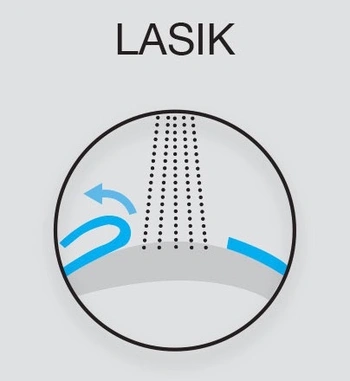
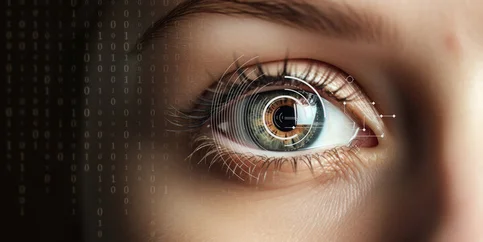
LASIK (Laser-Assisted In Situ Keratomileusis):
- Process:
LASIK uses a laser to create a thin flap in the cornea, the clear dome at the front of your eye. A second highly advanced and precise laser then reshapes the underlying corneal tissue to correct vision issues like nearsightedness, farsightedness, and astigmatism.
- Benefits:
LASIK is a popular choice due to its fast recovery time and minimal discomfort.
- Considerations:
Not everyone is a suitable candidate for LASIK. A consultation with an Optometrist or Opthalmologist can determine if you meet the crtieria for a safe and successful outcome.
Step 1: Flap is created
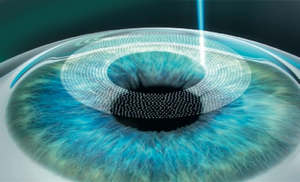
Step 2: Flap is lifted
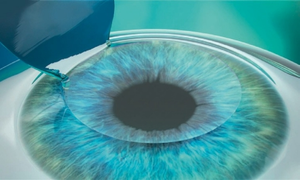
Step 3: Corneal Laser re-shaping
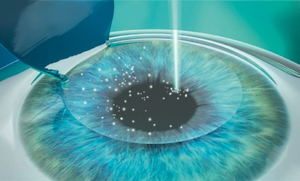
Step 4: Flap placed back & repositioned
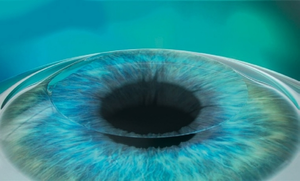
SMILE (Small Incision Lenticule Extraction):
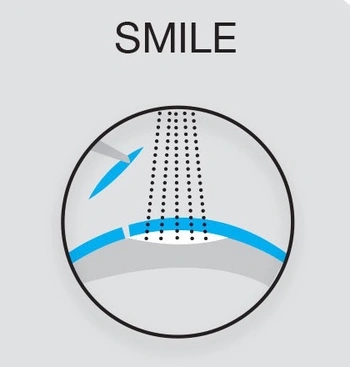
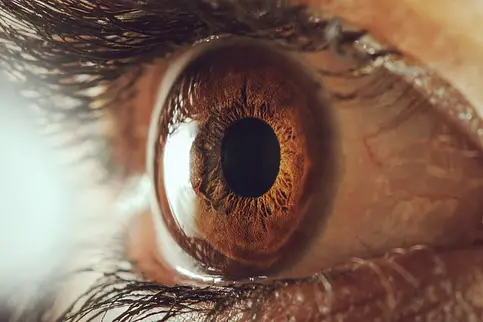
SMILE (Small Minimally Invasive Lenticule Extraction):
- Process:
A newer, minimally invasive technique, SMILE utilizes a single laser to create a lenticule (a tiny disc of corneal tissue) within the cornea. This lenticule is then extracted through a small incision, reshaping the cornea and correcting vision.
Step 1: Lenticule created with laser
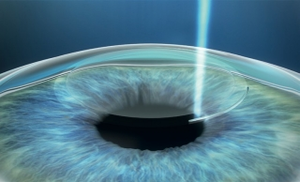
Step 2: Lenticule removed
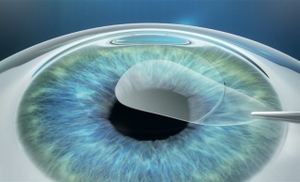
Step 3: No more Glasses
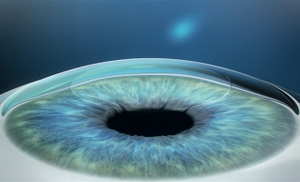
SMILE offers potential advantages like preserving more corneal tissue and potentially faster healing times compared to LASIK.
SMILE is a relatively new procedure, and long-term data is still being gathered.
PRK (Photorefractive Keratectomy):
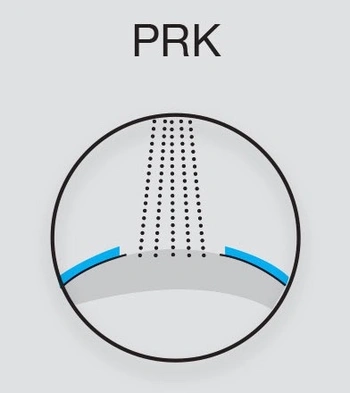

PRK (Photorefractive Keratectomy):
- Process:
The original laser vision correction procedure, PRK involves removing the epithelium (the outer layer of the cornea) before using the laser to reshape the underlying tissue. Unlike LASIK, no corneal flap is created.
- Benefits:
PRK is a good option for those with thin corneas who may not be suitable candidates for LASIK.
- Considerations:
Recovery time for PRK can be longer compared to LASIK or SMILE, with temporary discomfort.
Step 1: Top layer Thinned
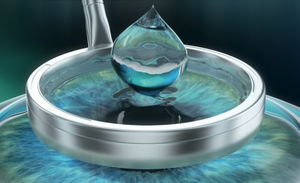
Step 2: Layer Removed
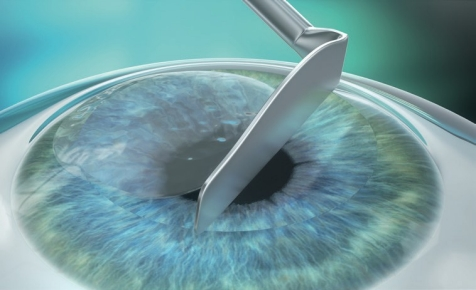
Step 3: Laser re-shaping
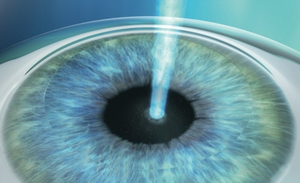
Step 3: Bandage contact lens applied
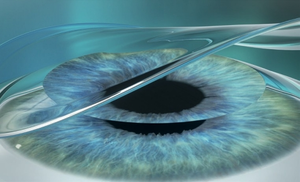
ICL (Implantable Collamer Lens):
.webp)
PRK (Photorefractive Keratectomy):
- Process: While not technically a laser surgery, ICL falls under refractive correction. This procedure involves implanting a, biocompatible lens behind the iris (the colored part of the eye) to correct vision. This lens acts like an internal contact lens.
- Benefits: ICL is suitable for those with significant nearsightedness or farsightedness, or those not ideal candidates for traditional laser procedures due to corneal issues.
- Considerations: ICL is a surgical procedure with its own risks and considerations. Discussing them with your ophthalmologist is essential.
Achieving Lasting Results with G&G Eye Doctors
At G&G Eye Doctors, we understand the importance of partnering with exceptional eye care professionals throughout the laser vision correction journey. That's why we proudly co-manage surgeries with G&G Eye Doctors. Their team of experienced ophthalmologists provides:
- Comprehensive Consultations: G&G Eye Doctors will assess your candidacy for laser vision correction and discuss the most suitable option for your specific needs and vision goals.
- Pre-Operative Workup: G&G Eye Doctors will conduct a thorough pre-operative evaluation to ensure you're well-prepared for surgery.
- Expert Co-Management: G&G Eye Doctors will work closely with top surgeons throughout the surgical process.
- Meticulous Post-Operative Care: G&G Eye Doctors will provide attentive post-operative care to monitor your healing and optimize your results.
- Lifelong Care: G&G Eye Doctors are committed to your long-term eye health, offering ongoing care to ensure the lasting success of your laser vision correction.
Choosing the Right Path
Every eye is unique, and the best type of laser vision correction will depend on your individual needs and corneal anatomy. A consultation with an experienced Optometrist with specialty in refractive surgery is crucial. They can assess your specific situation, discuss the different options, and recommend the procedure that best suits your vision goals and eye health.

Schedule Your Consultation Today
If you're considering laser vision correction and want to achieve lasting results, contact us today. We'll connect you with G&G Eye Doctors for a comprehensive consultation and discuss how we can help you achieve the freedom of clear vision.